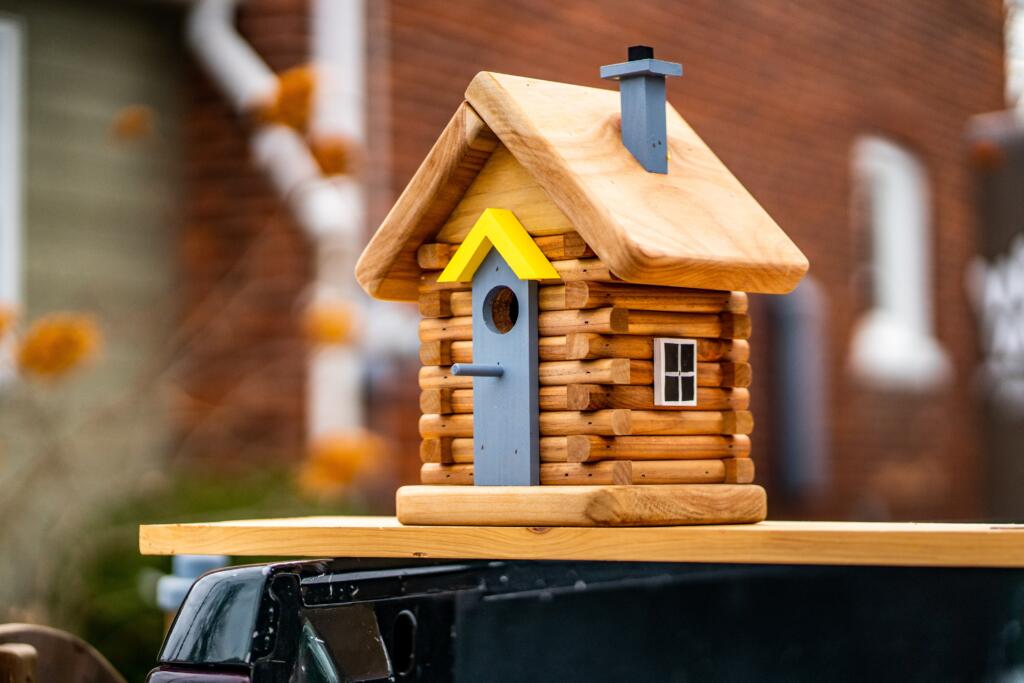
Having a birdhouse (or several) in your backyard is an excellent way to attract birds to your lake house. Plus, creating your own birdhouse can be a fun DIY craft activity for you and your family. But if you’re not an expert woodworker, what should you do? Luckily, there are several birdhouse-making toolkits available on the market. With these kits, you can get all the fun of building your own birdhouse and none of the stress. With most being kid-friendly and a few more upscale choices, check out our top five recommendations!
Toysmith Beetle & Bee Birdhouse Kit
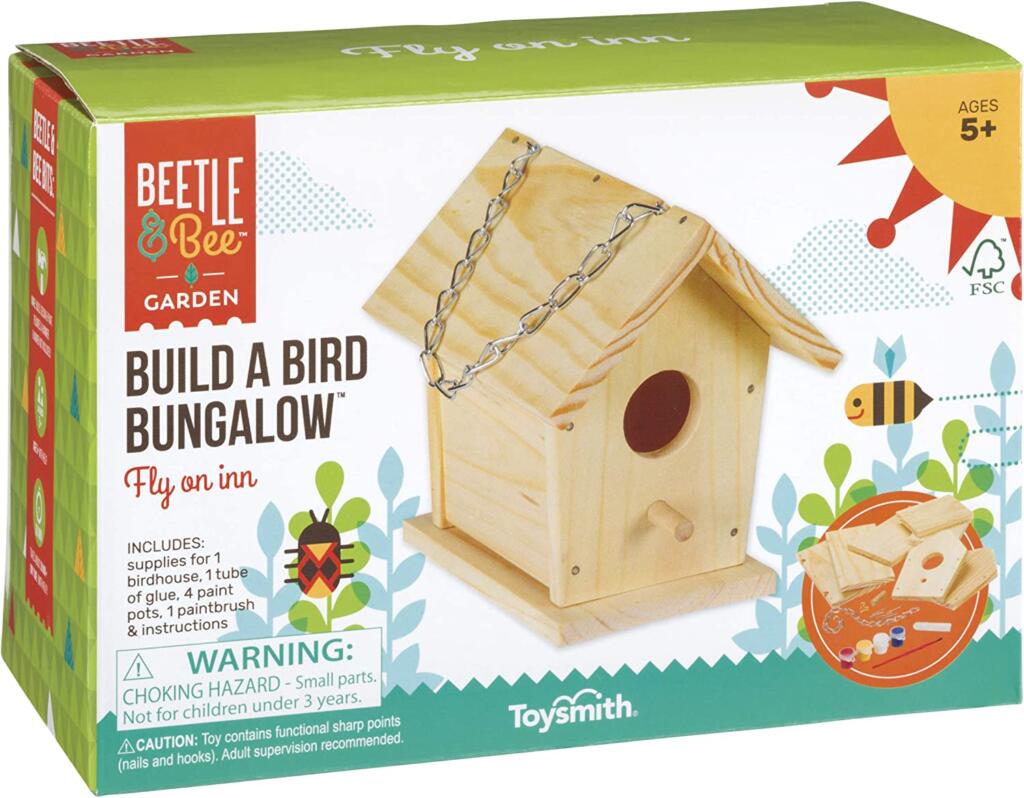
This Beetle & Bee Birdhouse Kit from Toysmith is a fun, highly-rated craft project. The simple, straightforward design requires easy assembly without hardware requirements, perfect for kids ages 5 and up. It also includes a paintbrush to add fun designs to your birds’ new nesting place at the lake.
Window View Birdhouse Kit
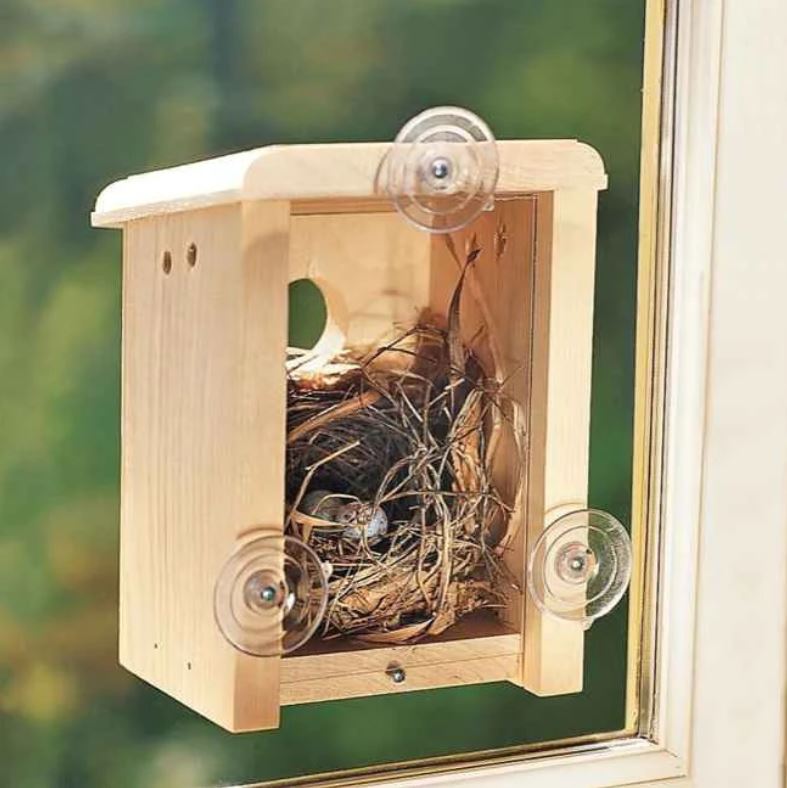
This window view birdhouse kit allows you to get a close-up view of birds who visit your lake home. Made of natural Eastern white pine, this small birdhouse is made of durable, high-quality wood that’s built to last. In addition to its wooden parts, the kit comes with two suction cups for mounting onto your window. Just install the birdhouse onto the window, ideally one with curtains or blinds so birds won’t be distracted. Then, just watch birds flock to your hand-built home while you lounge in the living room!
Hapray DIY BirdHouse Kit
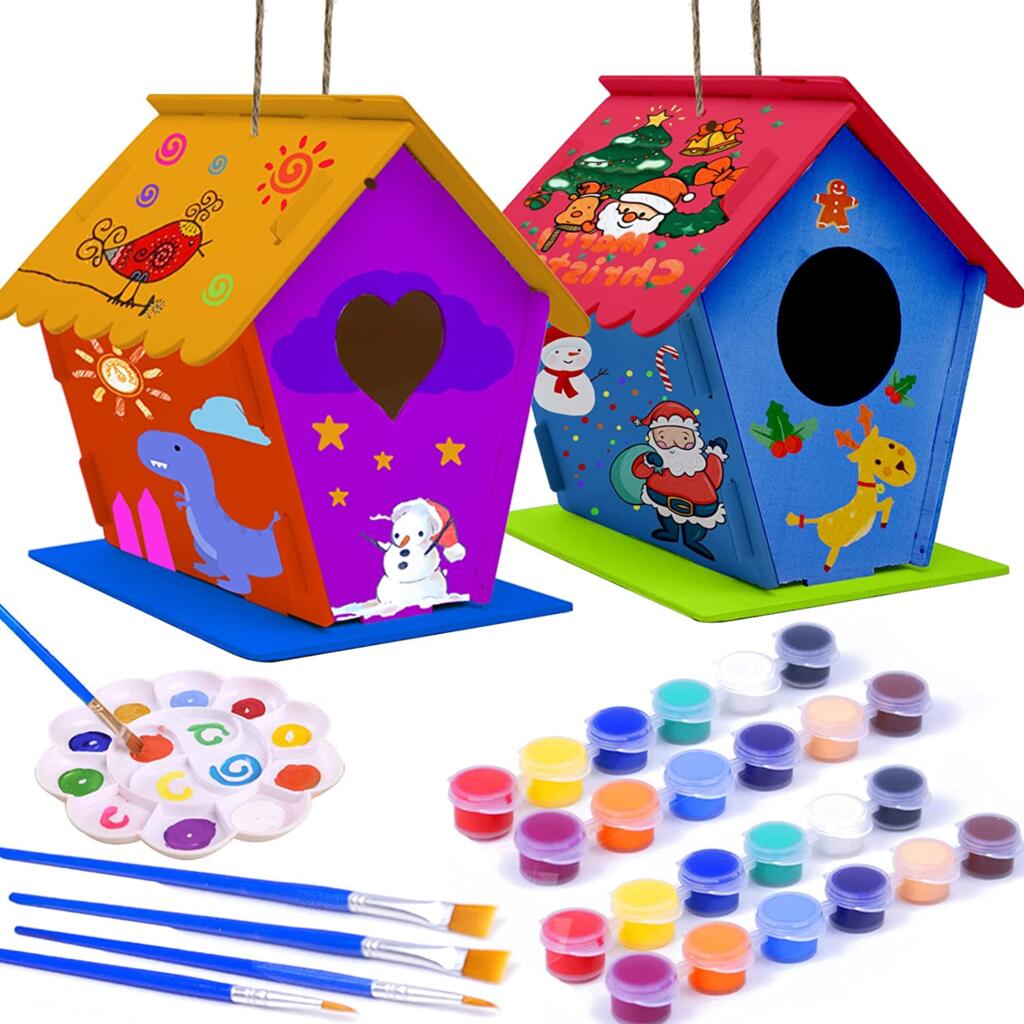
Why limit your backyard to just one birdhouse? The Hapray DIY Birdhouse Kit comes with four unassembled birdhouses. With the wooden materials, Bplus glue, and string, you have everything you need included in this kit. These birdhouses are made of high-quality plywood which is both non-toxic and eco-friendly. Now for the most fun part — it also comes with several 12×2 paints, plus a painting palate so you can mix colors to your heart’s content. With cons of colors and plenty of wood, you’ll add a bright, playful feel to your backyard.
Scout Regalia Birdhouse Kit
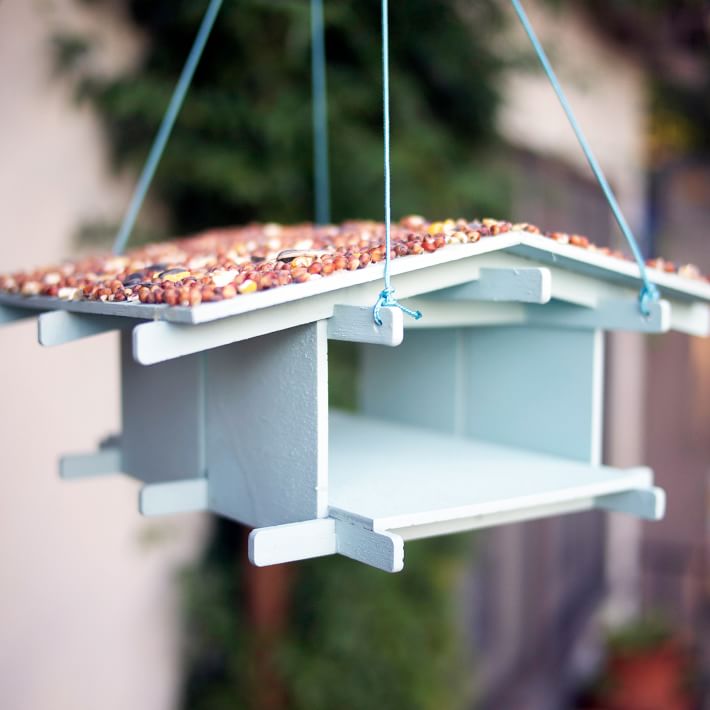
For a more upscale option, check out this Scout Regalia Birdhouse Kit. Made of laser-cut birch plywood, it’s durable and made to last through the years. In addition to the wooden pieces, this kit also includes a paracord for hanging, as well as clear assembly instructions. Once you’ve put it together, there are several options for styling such as staining, clear coating, painting, or covering it in birdseed. Unlike many other birdhouse kits, this one has a more open-air design, making room for a wide variety of bird species.
Made By Me Birdhouse
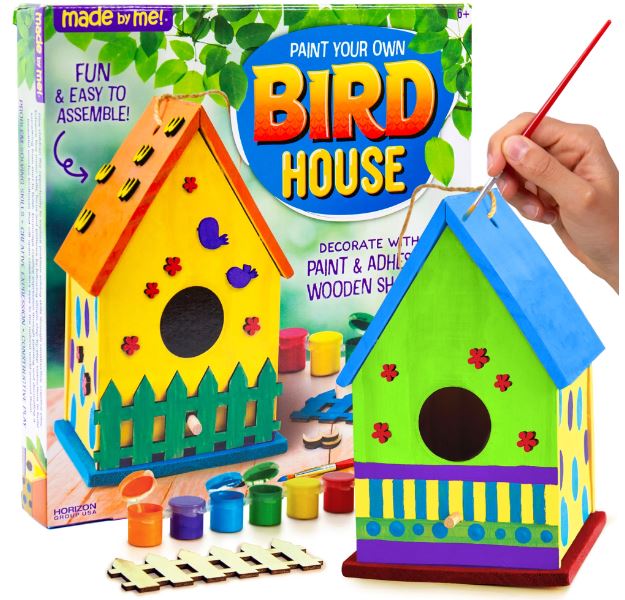
This Made By Me Birdhouse is a perfect project for you and your kids at the lake. Easy to build, it comes with pre-cut wooden pieces and glue — no required tools needed. The kit also includes six paint colors, as well as little wooden accessories. Whether your birdhouse is lined with a green fence or decorated with small pink flowers, it’s time to get creative! It’s also a great opportunity to see how colors attract different birds. For instance, hummingbirds are attracted to reds and pinks, while bluebirds are (you guessed it) drawn to blue.
A Few Key Tips
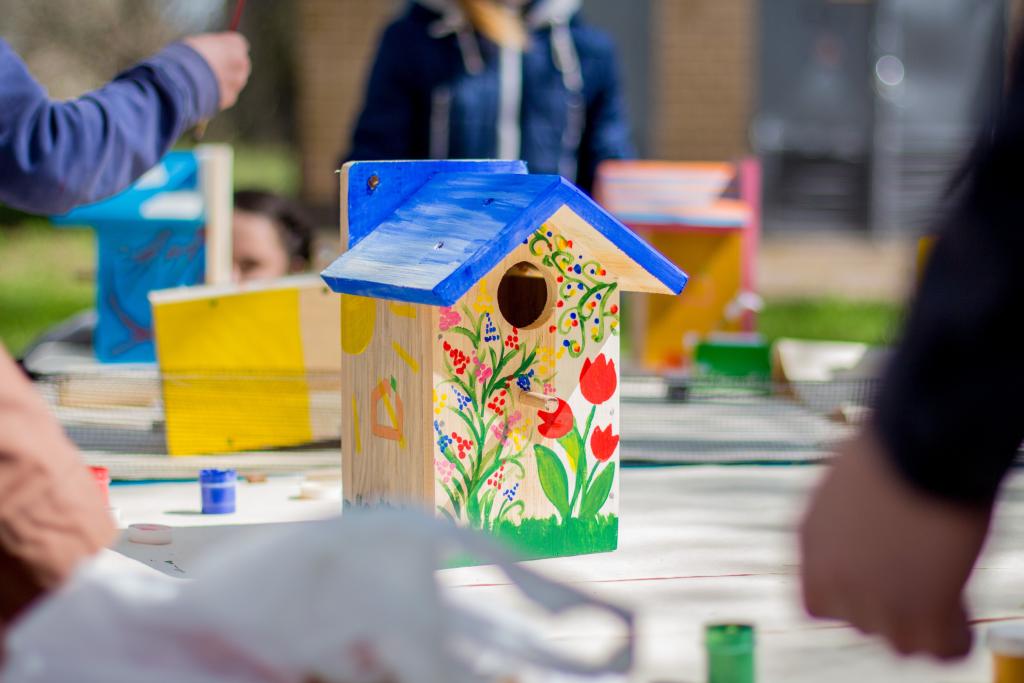
To keep your experience as fun as possible, just be sure to read all the assembly instructions beforehand to make sure you have the proper tools. Also, it’s important to consider the durability of the materials. While cedar is perhaps the most sturdy, high-quality material, it’s also the most expensive. However, plywood is also an excellent option. Finally, determine what species of birds you’d like to see. For instance, bird feeders with smaller holed entrances will attract smaller birds like wrens, whereas birdhouses with more open spaces will bring in larger birds like sparrows. Whatever you choose, we hope you enjoy creating your birdhouse — and we hope the birds enjoy it just as much!

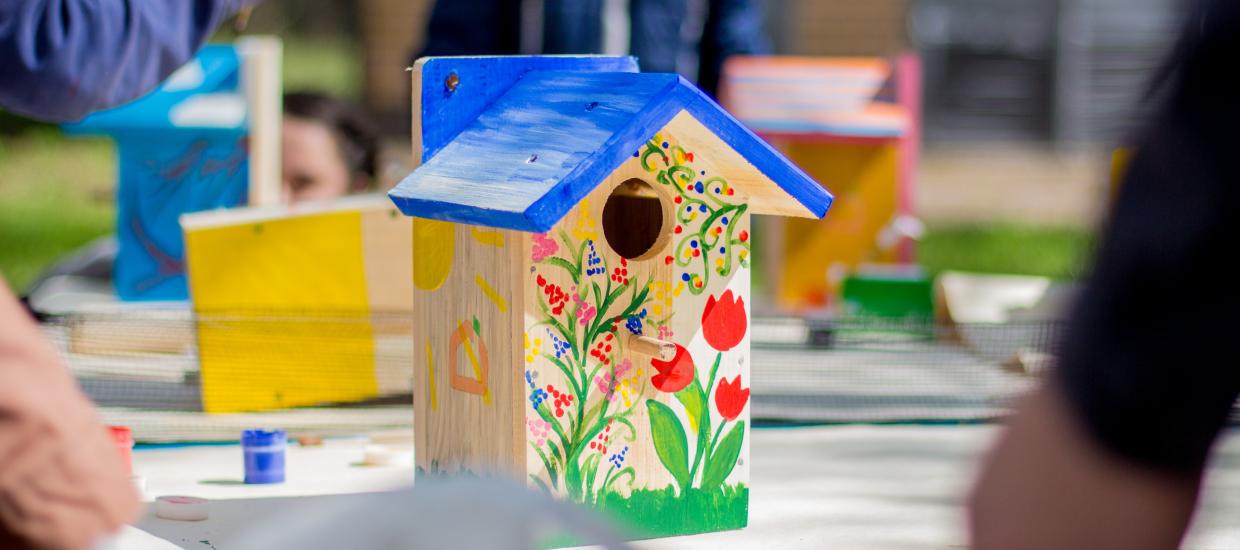
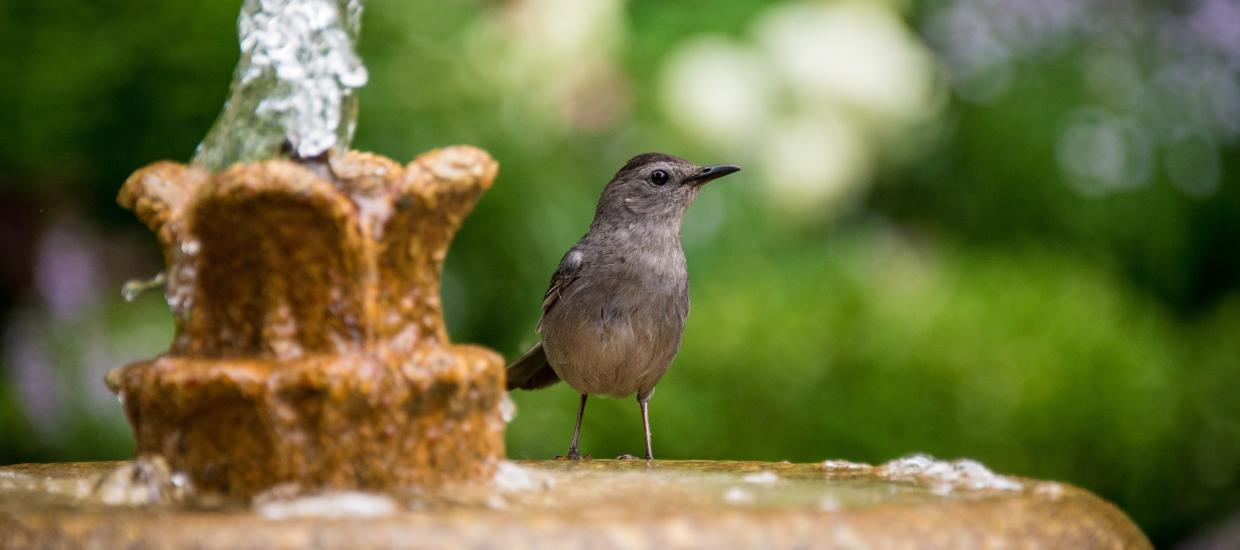
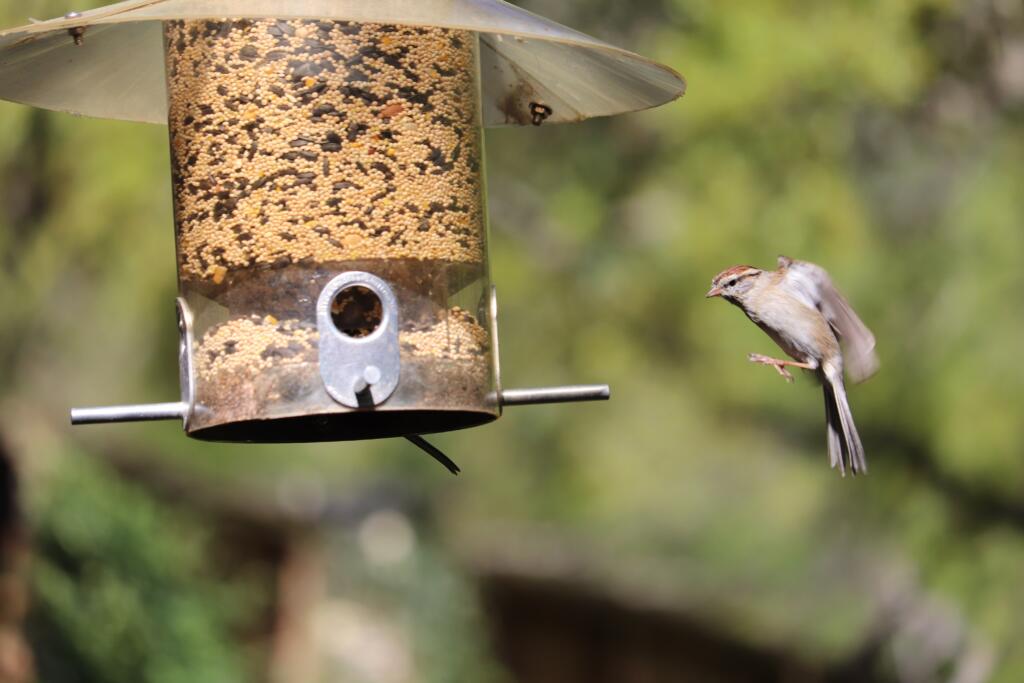
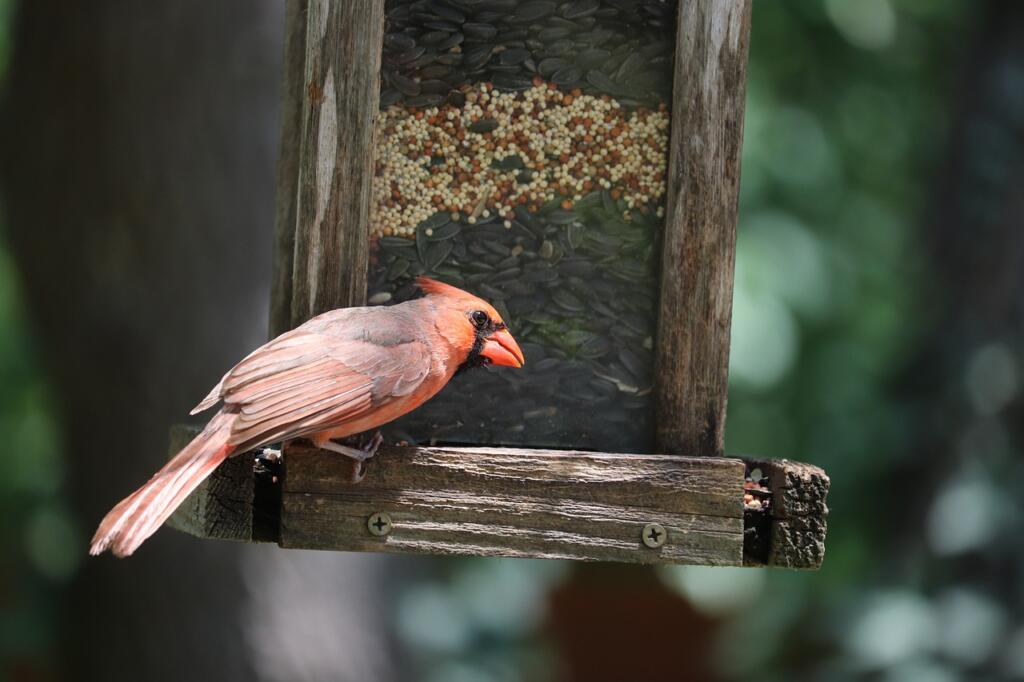
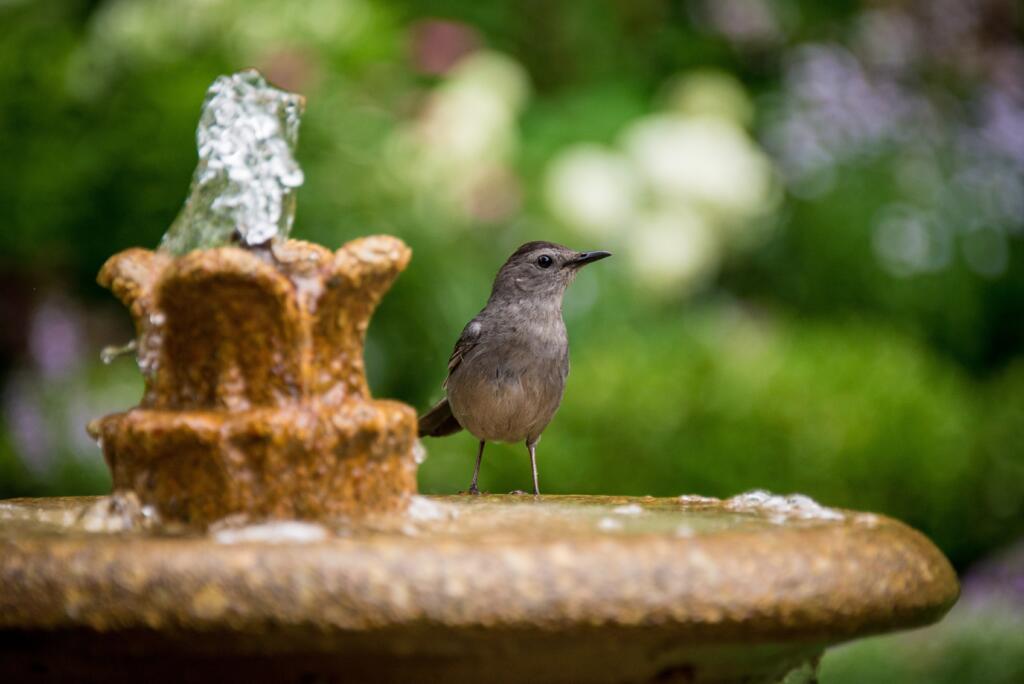
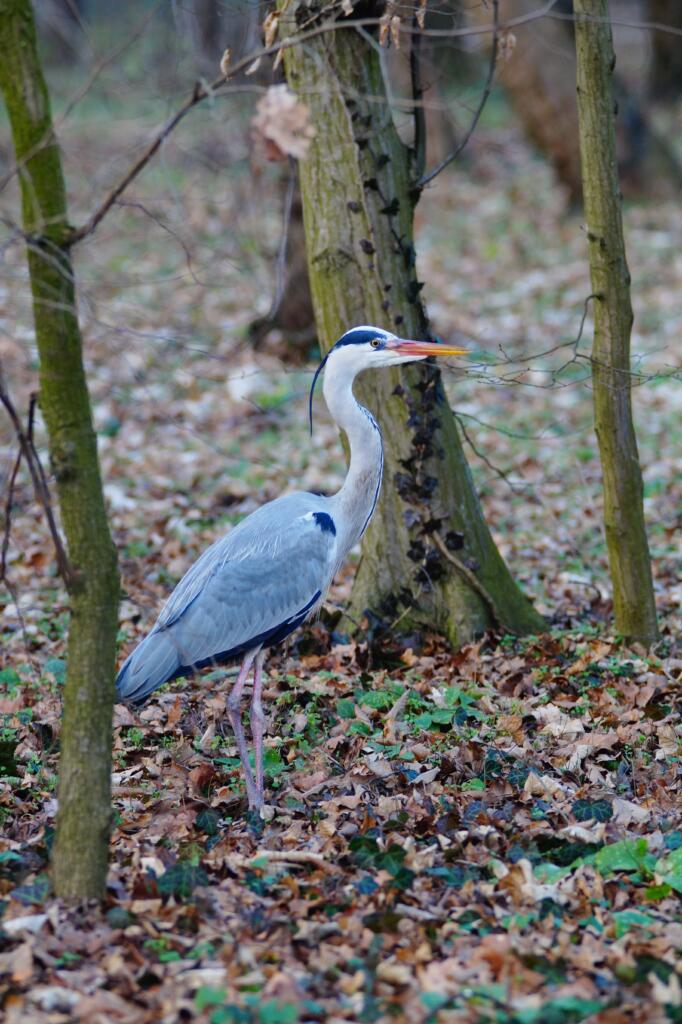
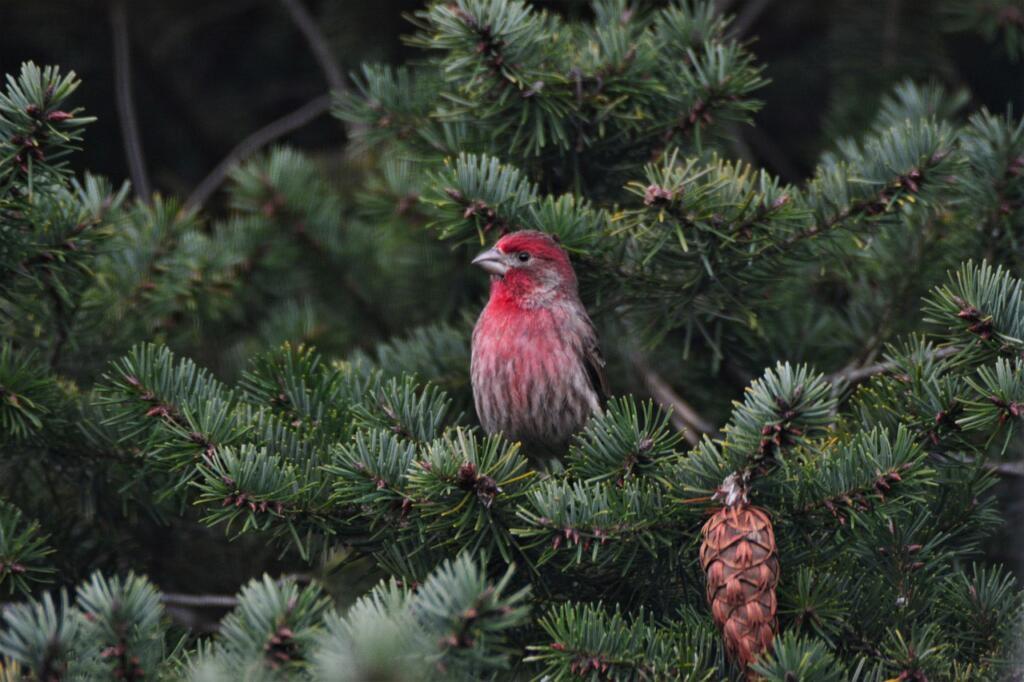
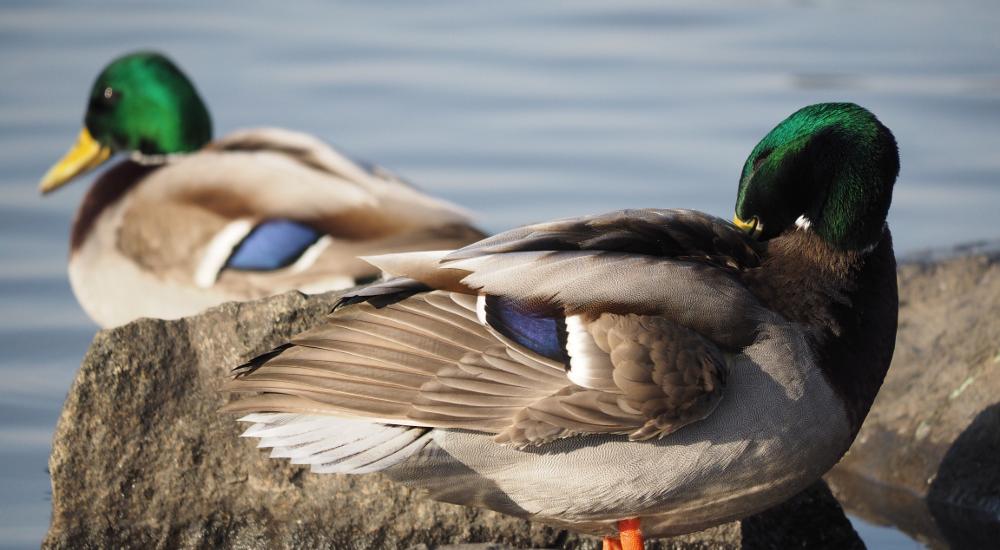
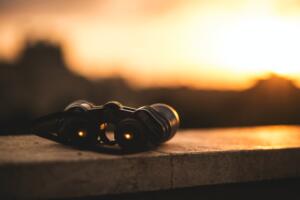 After purchasing the binoculars, you will have to get yourself a field guide to help identify birds in your area.
After purchasing the binoculars, you will have to get yourself a field guide to help identify birds in your area. A diary or notebook will help record all the birds you have sighted so far. As soon as you notice a bird in your area, you can record the month, time of day, the location. Also and any other information you would like to keep, such as bird size, behavior, and sounds.
A diary or notebook will help record all the birds you have sighted so far. As soon as you notice a bird in your area, you can record the month, time of day, the location. Also and any other information you would like to keep, such as bird size, behavior, and sounds.